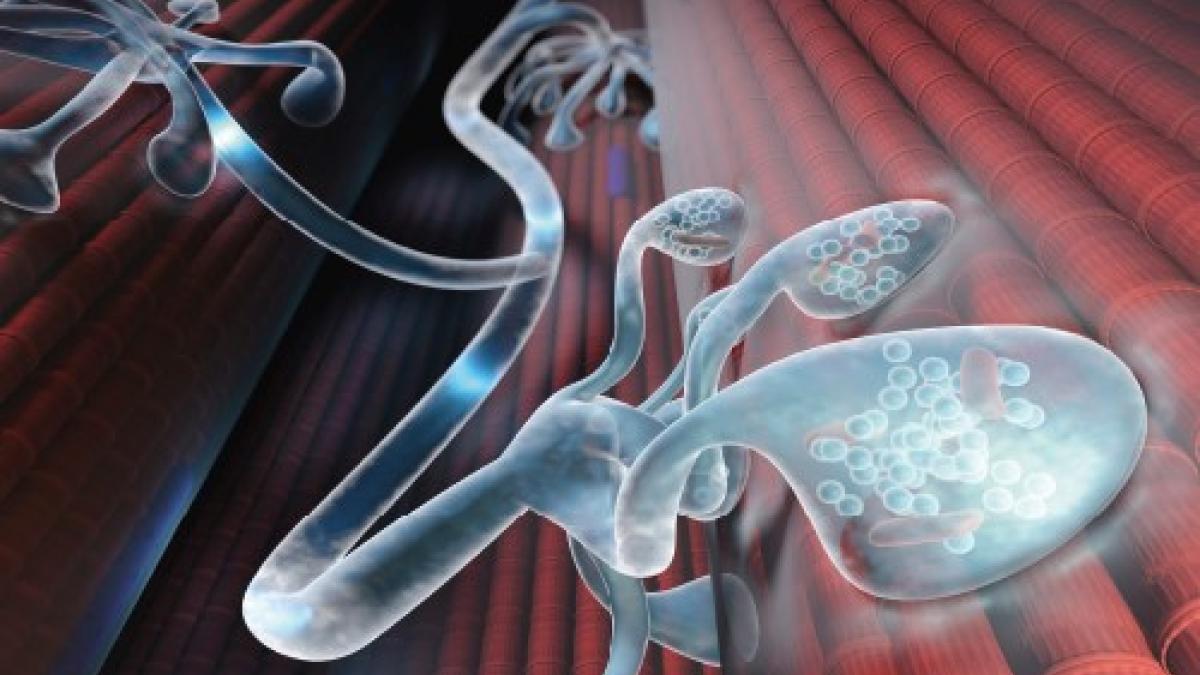Lindsey Pallant summarises recent guidance for paediatric physiotherapists on managing neuromuscular conditions.

This article is based on a consensus document produced by members of the neuromuscular committee of the Association of Paediatric Chartered Physiotherapists (APCP), in collaboration with additional key specialists.
The document provides good practice guidance on managing infants, children and young adults with neuromuscular disorders. The aim is to create a resource for learning and improve knowledge of physiotherapy assessment and management in neuromuscular disorders. The advice given in the document is based on the best evidence and the professional experience of the authors who provide neuromuscular care.
The publication is intended as an e-document and contains hyperlinks to the relevant outcome measures used in these conditions. Web links to other resources and sources of information, including a list of the specialist neuromuscular centres in the UK, are also supplied. All neuromuscular disorders are rare. If physiotherapists are to give patients the best possible support, they need to be able to access relevant information and resources.
Neuromuscular disorders are genetic conditions affecting muscle tissue structure directly, the neuromuscular junction, the anterior horn cells or the peripheral nerves. They are distinct from other neurological conditions and so require specific assessment and management. Management for children with neuromuscular disorders is constantly changing, with new developments in medication and therapeutic intervention. An example is the licensing of nusinersen, a biologic drug used in treating babies with spinal muscular atrophy type 1. It is vital that the document is read in this context and readers should seek the most current information from a variety of sources.
Your guide to the resource
The document has 12 sections. The first section looks at the general assessment and management of neuromuscular disorders and is followed by eight sections, each focusing on a specific neuromuscular condition. The document is further subdivided into two modules: foundation and advanced. Both modules are relevant to physiotherapists, with the foundation module being aimed at therapists who are relatively inexperienced in managing neuromuscular disorders or who may only have one or two children with a neuromuscular disorder on their caseload. Those working in specialist neuromuscular centres may benefit from the advanced module; this module may also be a useful tool for less experienced therapists, to see what adjuncts to therapy are available from tertiary care.
The final sections provide specific information on respiratory management, orthotic management, and the provision of knee ankle foot orthoses.
Standardising care
Raising standards of care and standardising care nationally are very important for families and therapists alike. Standardising care not only ensures that it is delivered in a more equitable way but is also important when carrying out research into potential treatments, ensuring patients are ‘trial ready’. At present, many large-scale international randomised controlled trials are taking place in the UK. One example is the exon skipping trials for children with Duchenne muscular dystrophy, with boys being recruited at a growing number of specialist centres.
This gives children the opportunity to participate in trials nearer to their home and enables physiotherapists to receive high-quality training in outcome measures to industry standards, which, in turn, improves clinical skills. Almost all families use the internet and social media to get instant updates on research and care standards and are often well-informed about many aspects of physiotherapy management, from splints and stretches to chest clearance techniques and equipment.
Ultimately, we hope the guidance document will help in achieving a goal we all share: to improve quality of life and outcomes for our children, young people and families living with neuromuscular disorders. Physiotherapists have much to contribute in achieving this.
We welcome feedback and comments to inform any developments of this guidance and other resources. Email nm@apcp.org.ukfl
- Lindsey Pallant is chair of the neuromuscular committee at the Association of Paediatric Chartered Physiotherapists
More information
- The Association of Paediatric Chartered Physiotherapists is a CSP professional network.
Neuromuscular disorders: key features in the paediatric field
- increased tone is not a feature in almost all neuromuscular disorders
- it is not appropriate to apply treatment techniques developed for cerebral palsy
- neuromuscular disorders need a specific set of skills and assessments
- the rarest neuromuscular disorders may affect fewer than 20 children in the county – or even the world.
Neuromuscular disorders: key messages for physiotherapy
- in children with neuromuscular disorders the key is maintaining function for as long as possible,
- age-appropriate exercise and activity advice should be given,
- developmental milestones may be achieved in the early years, but promoting maximum motor fuction, while managing any deterioration, are crucial physiotherapy skills,
- managing a progressive disease requires a great deal of sensitivity.
Author
Lindsey Pallant chair of the neuromuscular committee at the Association of Paediatric Chartered Physiotherapists
Number of subscribers: 2




































